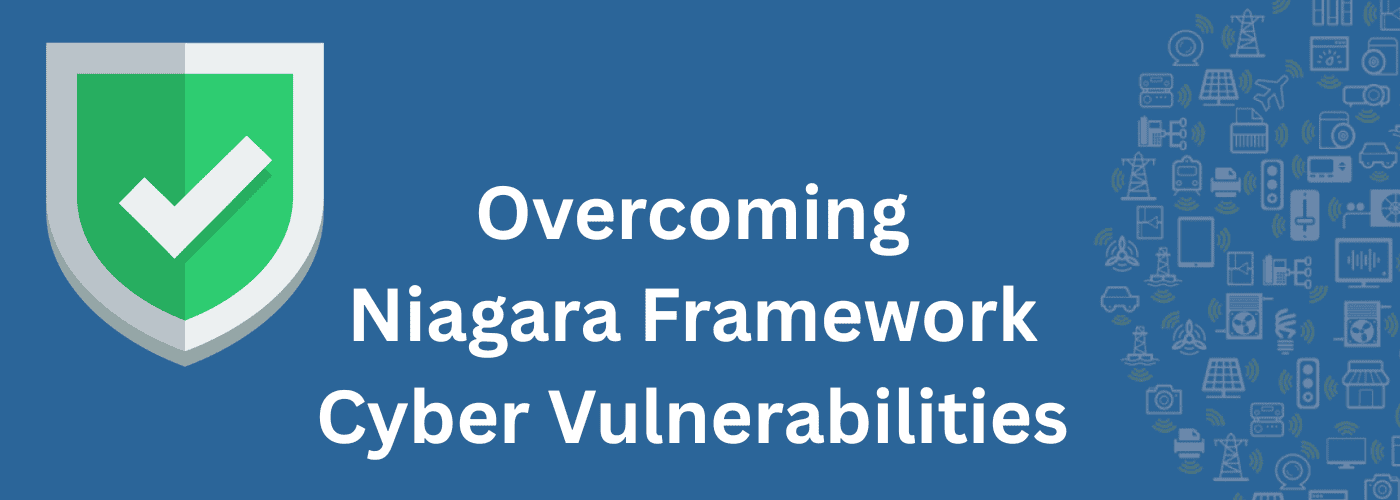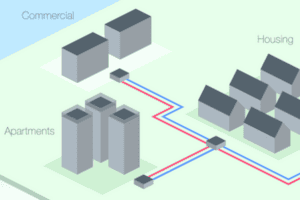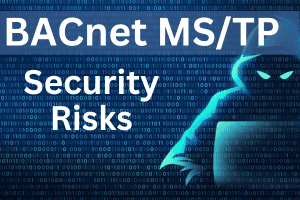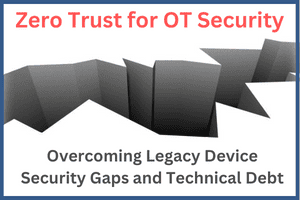Overcoming Niagara Framework Cyber Vulnerabilities
Key Points
-
Comprehensive Vulnerability Mitigation: DOME encrypts all device communications, enforces unique cryptographic identities, blocks unauthorized actions, and prevents lateral movement even on flat networks—addressing risks like unencrypted data, credential hijacking, privilege escalation, and insecure configurations.
-
Zero Trust at the Endpoint: Every enrolled device must authenticate and follow strict, policy-based access rules, ensuring only explicitly approved communications occur—regardless of network trust or device OS integrity.
-
Proactive, Real-Time Protection: Unlike traditional detection-based approaches, DOME stops attacks before they succeed and flags any unauthorized configuration changes immediately.
-
Post-Quantum Security: Uses NIST-recognized, NSA CNSA 2.0-compliant quantum-resistant cryptography to protect long-life building systems against future cryptographic threats.
-
Flexible, Legacy-Friendly Deployment: Works without firmware changes or OS modifications, supports OTA policy updates, and can retrofit older Niagara-based and IP-connected building automation devices.
Veridify’s DOME™ platform can directly address several of the core cybersecurity vulnerabilities recently exposed in the Niagara Framework[1], and for other BMS/BAS, by fundamentally changing how trust, access, and device control are enforced in smart building systems.
How DOME Addresses the Identified Niagara Cyber Vulnerabilities
Vulnerability Type |
Niagara Issue |
How DOME Mitigates It |
| Unencrypted Communications | Logs and tokens exposed via unencrypted GET requests | DOME mandates encrypted communications between all devices using public key crypto. TLS is not optional—it’s cryptographically enforced at the device level. |
| Credential Hijacking / Weak Passwords | Weak password hashing and exposure of CSRF tokens | Each device has a unique, cryptographic identity. |
| Privilege Escalation & Root Exploits | Authenticated users can gain admin access and extract TLS keys | DOME implements Zero Trust policies, preventing any device or user from performing unauthorized actions—even if compromised. Access policies are enforced cryptographically and at the edge. |
| Remote Code Execution | Chained exploits lead to full system compromise | DOME prevents unauthorized communications from unauthentic or unauthorized devices. Its architecture does not rely on trust in the local network or device OS integrity. |
| Insecure Configuration | Encryption settings can be silently disabled | DOME enables remote policy enforcement and verification, making it impossible to silently misconfigure endpoints. Any deviation from approved policy is immediately flagged or blocked. |
| Lack of Network Segmentation | Flat networks enable lateral movement | DOME creates micro-perimeters and enforces identity-based, device-to-device trust. Even on flat networks, lateral movement is blocked unless explicitly allowed. |
| Slow Threat Detection | Requires behavior baselining and passive detection | DOME is proactive and real-time. It prevents attacks from succeeding, not just detecting them after the fact. |
Why DOME Works Where Niagara Is/Was Vulnerable
Zero Trust Enforcement at the Endpoint
- Every Niagara or IP-based device enrolled in DOME has its own cryptographic identity.
- Only explicitly authorized devices can communicate with each other.
- All communication is authenticated, encrypted, and policy-controlled—even on vulnerable networks.
No Reliance on Network Trust
- Niagara’s current model assumes some level of network trust (e.g., that local traffic is safe). DOME assumes no trust by default.
- Even if a threat actor gains network access (e.g., through VPN compromise), they cannot impersonate, intercept, or attack protected devices.
Post-Quantum Security
- DOME uses NIST-recognized quantum-resistant cryptography (NSA CNSA 2.0 compliant).
- Post quantum ensures long-term protection for building systems with 10–20+ year lifecycles.
Benefits of DOME for Niagara-Based Systems (and other BMS/BAS)
Capability |
Outcome |
| Device-to-device Zero Trust | Only approved subsystems (e.g., HVAC ↔ lighting) can talk |
| Policy-based access | Disables accidental misconfigurations (e.g., logging exposure) |
| Post Quantum Protection | Future-proofs systems with quantum-resistant encryption, securing long-life deployments against tomorrow’s cryptographic threats |
| OTA policy and certificate updates | Ensures systems stay hardened even post-deployment |
| Lightweight agentless deployment | No firmware mods or additional OS requirements |
| Retrofits legacy IP-based devices | Can protect even older Niagara-based BAS units |
Conclusion
The vulnerabilities found in the Niagara Framework highlight the need for real-time, preventive cybersecurity in smart buildings. Veridify’s DOME addresses these risks directly, providing Zero Trust protection, post-quantum cryptography, and long-term system integrity in a lightweight, easily deployed solution.
References
[1] www.nozominetworks.com/blog/critical-vulnerabilities-found-in-tridium-niagara-framework
[1] thehackernews.com/2025/07/critical-flaws-in-niagara-framework.html




